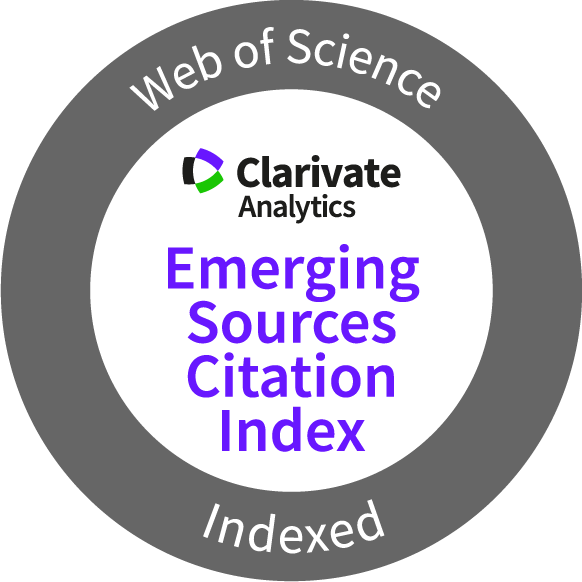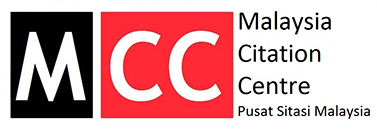In Vitro Shoot-Tip Propagation of Blue Peacock Fern Selaginella willdenowii P.Beauv. (Selaginellaceae) an Ornamental Fern
Keywords:
Medicinal fern, micropropagation, ornamental fern, SelaginellaceaeAbstract
Selaginella willdenowii, an ornamental fern with iridescent bluish green fronds, is found naturally on forest floors. Many Asian countries consumed it as a traditional medicine and food. It is also suitable for decorative plants since it requires low light and moist conditions, making it perfect for ground covers and house plants. There are currently no efficient methods for propagating this species. Therefore, the goal of this research was to establish an effective in vitro culture propagation method for this species. The shoot-tips were sown in half-strength Murashige & Skoog (MS) as a control, and we observed the most effective culture conditions for shoot-tip proliferation and growth on agar-cultured media at varied concentrations of plant growth regulator (PGR). The findings demonstrated that the culture media supplemented with 0.5 mgL -1 GA3 has a positive effect on the shoot tips, forming a maximum number, lengths of the shoots, and numbers of rhizomes with significant difference (ANOVA, ά<0.05). By using this method, it will be possible to speed up the process for growing a large number of S. willdenowii, and it may also be used to propagate other related plants.
Downloads
Metrics
References
Chai, T. & Wong, F. 2012. Antioxidant properties of aqueous extracts of Selaginella willdenowii. Journal of Medicinal Plants Research, 6(7): 1289-1296. DOI: https://doi.org/10.5897/JMPR11.1378
de Winter, W.P. & Jansen, P.C.M. 2003. Selaginella. In: Plant Resources of South-East Asia Cryptogams: Ferns and Fern Allies. W.P. de Winter & V.B. Amoroso (Eds.). Backhuys Publishers, Leiden. pp. 178-184.
Eswani, N., Kudus, K.A., Nazre, M., Awang Noor, A.G. & Ali, M. 2010. Medicinal plant diversity and vegetation analysis of logged over hill forest of Tekai Tembeling Forest Reserve, Jerantut, Pahang. Journal of Agricultural Science, 2(3): 189-210. DOI: https://doi.org/10.5539/jas.v2n3p189
Hanum, F. & Hamzah, N. 1999. The use of medicinal plant species by the Temuan Tribe of Ayer Hitam Forest, Selangor, Peninsular Malaysia. Pertanika Journal of Tropical Agricultural Science, 22(2): 85-94.
Jha, T.B., Mukherjee, S., Basak, A. & Adhikari, J. 2013. In vitro morphogenesis in Selaginella microphylla (Kunth.) Spring. Plant Biotechnology Reports, 7(3): 239-245. DOI: https://doi.org/10.1007/s11816-012-0255-y
Khare, C.P. 2007. Indian Medicinal Plants: An Illustrated Dictionary. Springer, New Delhi. pp. 717-718. DOI: https://doi.org/10.1007/978-0-387-70638-2
Mohiddin, M.Y.B.H., Chin, W. & Holdsworth, D. 1991. Traditional medicinal plants of Brunei Darussalam Part II Sengkurong. International Journal of Pharmacognosy, 9(4): 252-258. DOI: https://doi.org/10.3109/13880209109082891
Murashige, T. & Skoog, F. 1962. A revised medium for rapid growth and bioassays with tobacco tissue cultures. Physiologia Plantarum, 15(3): 473-497. DOI: https://doi.org/10.1111/j.1399-3054.1962.tb08052.x
Park, K., Jang, B.K., Lee, H.M., Cho, J.S. & Lee, C.H. 2020. An efficient method for in vitro shoot-tip culture and sporophyte production using Selaginella martensii spring sporophyte. Plants, 9(2): 235. DOI: https://doi.org/10.3390/plants9020235
Park, K., Jang, B.K., Lee, H.M., Cho, J.S. & Lee, C.H. 2021. Effective propagation of Selaginella tamariscina through optimized medium composition. Agronomy, 11(3): 578. DOI: https://doi.org/10.3390/agronomy11030578
Setyawan, A.D. 2009. Traditionally utilization of Selaginella; field research and literature review. Nusantara Bioscience, 1(3): 146-158. DOI: https://doi.org/10.13057/nusbiosci/n010307
Smith, A.R., Pryer, K.M., Schuettpelz, E., Korall, P., Schneider, H. & Wolf, P.G. 2006. A classification for extant ferns. Taxon, 55(3): 705-731. DOI: https://doi.org/10.2307/25065646
Yu, R., Cheng, Y., Pu, Y., Li, F. & Lu, S. 2021. In vitro propagation of resurrection plant Selaginella pulvinata using frond tips as explants. HortScience, 56(3): 313-317. DOI: https://doi.org/10.21273/HORTSCI15546-20
Published
How to Cite
Issue
Section
Any reproduction of figures, tables and illustrations must obtain written permission from the Chief Editor (wicki@ukm.edu.my). No part of the journal may be reproduced without the editor’s permission




















